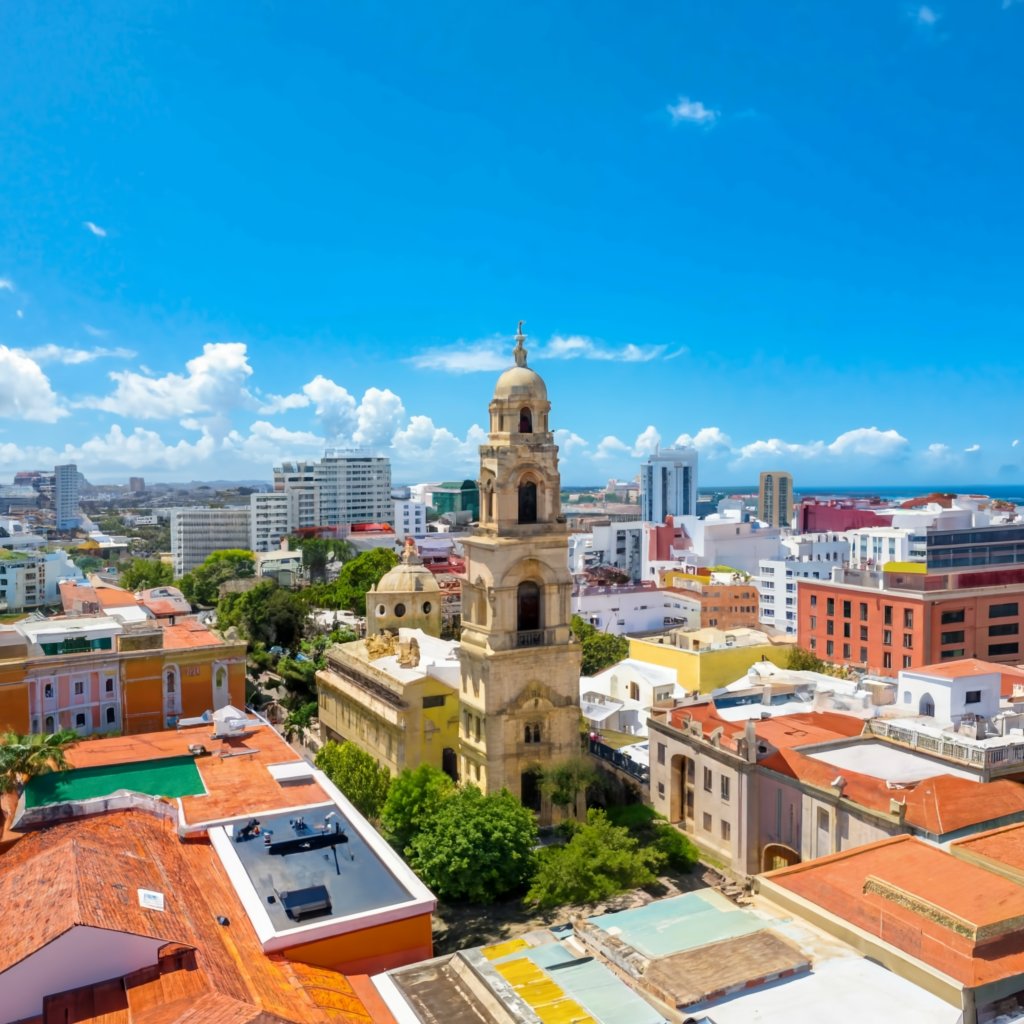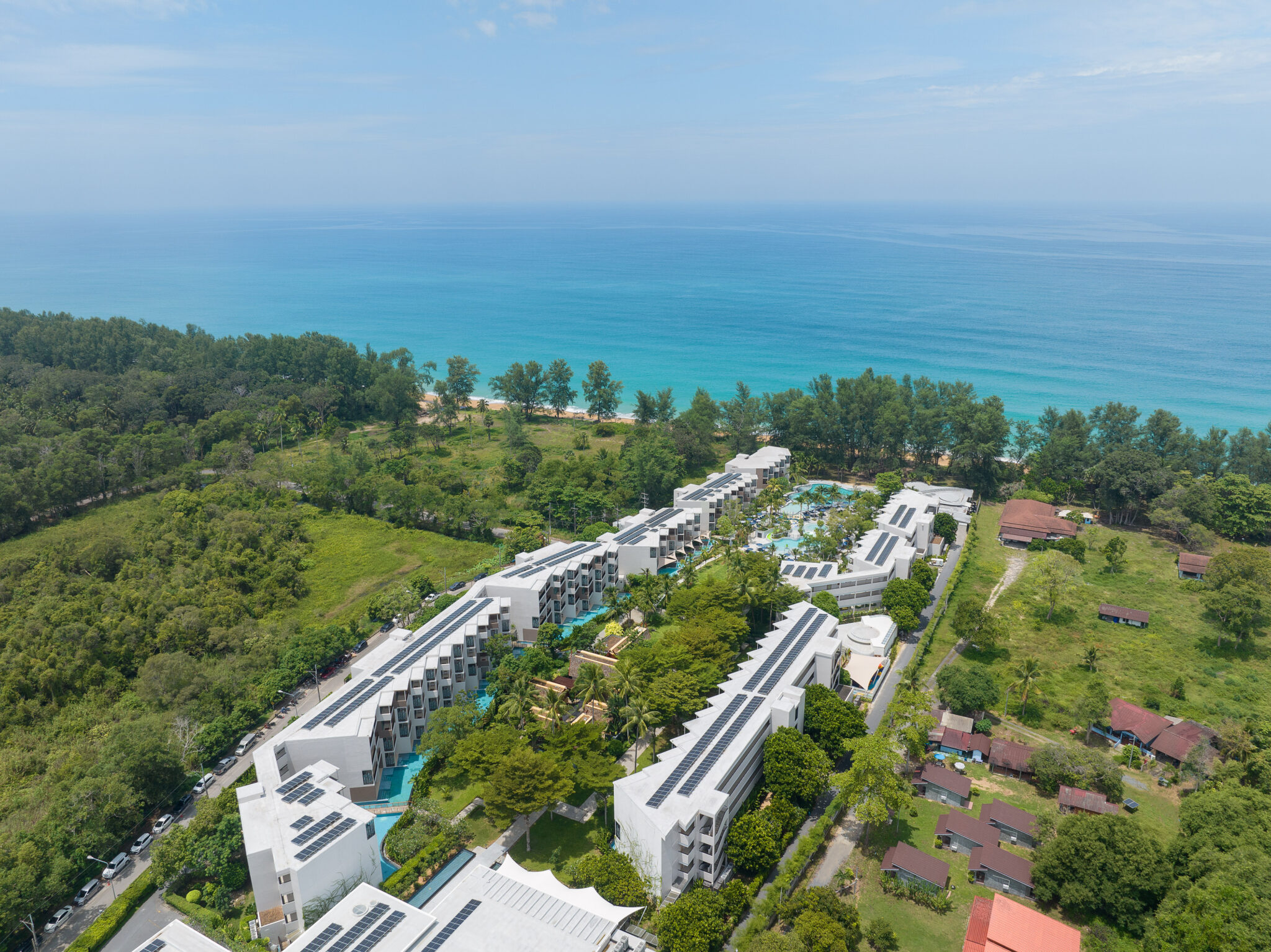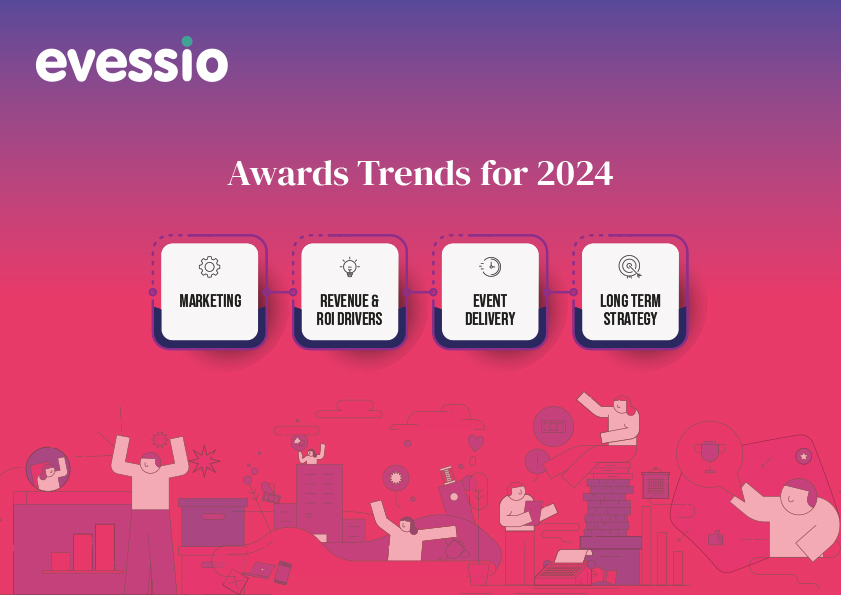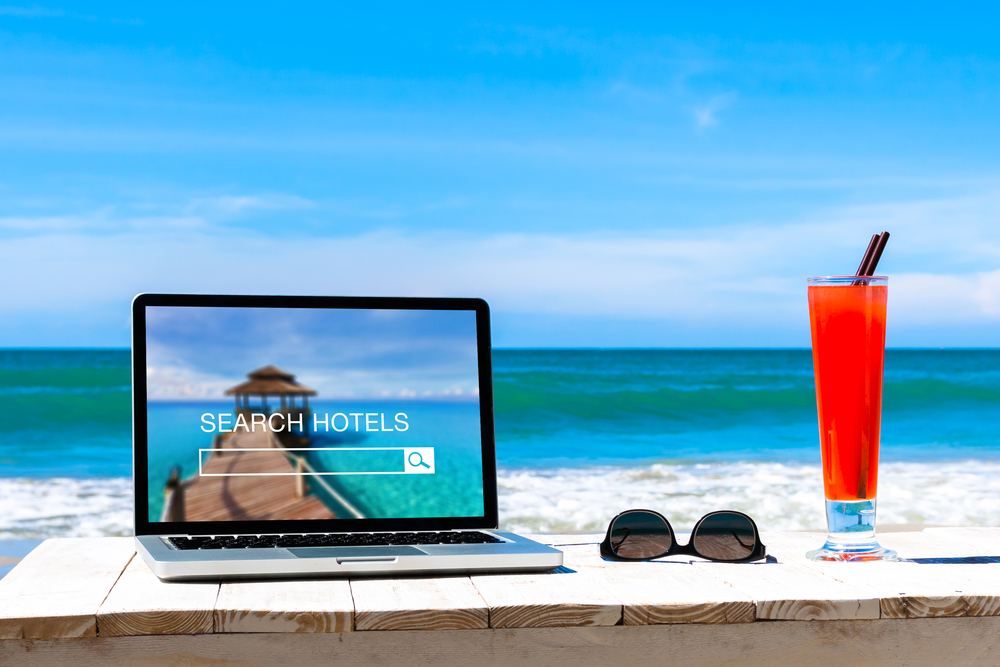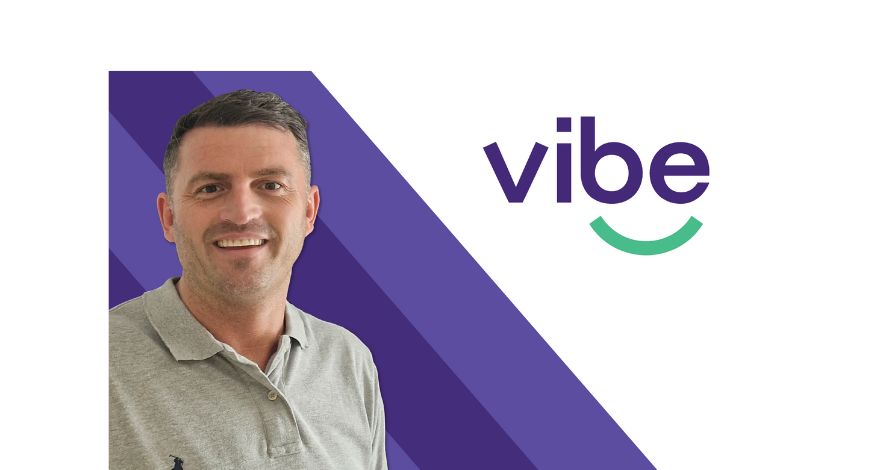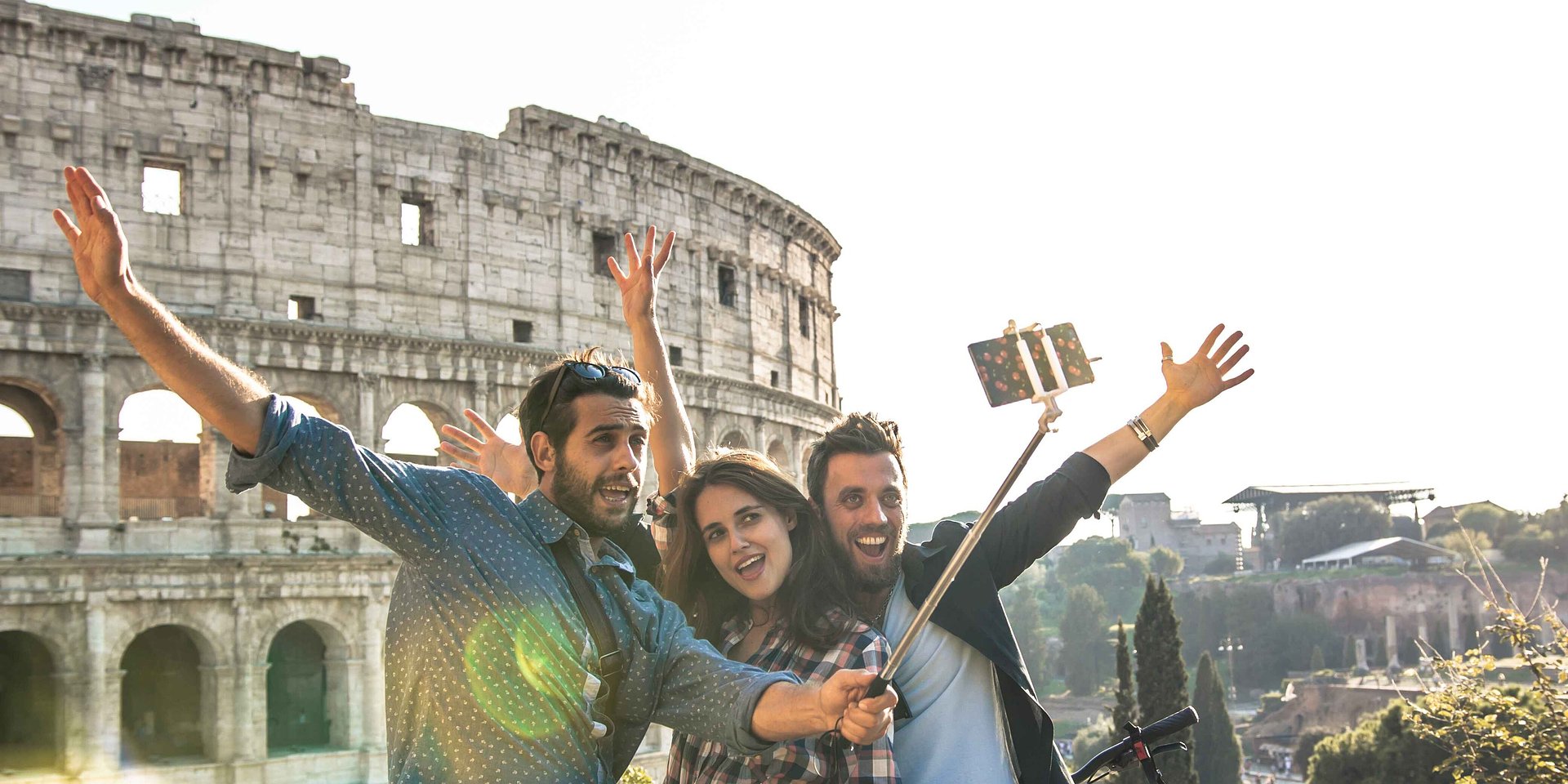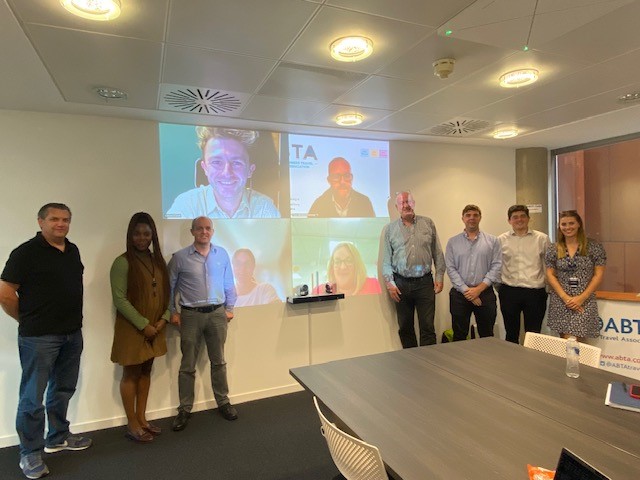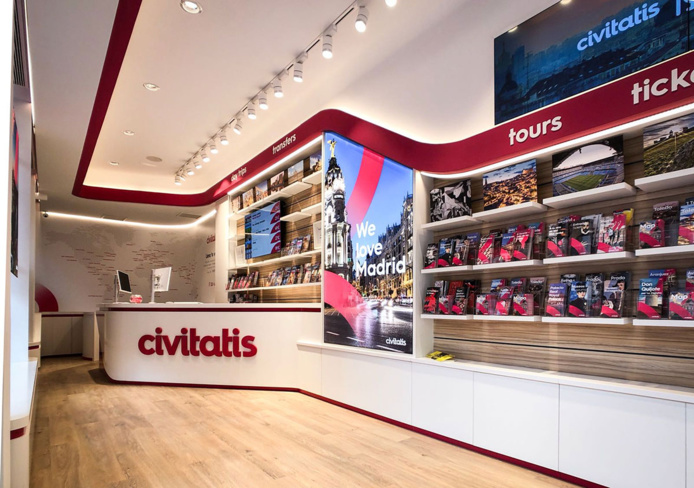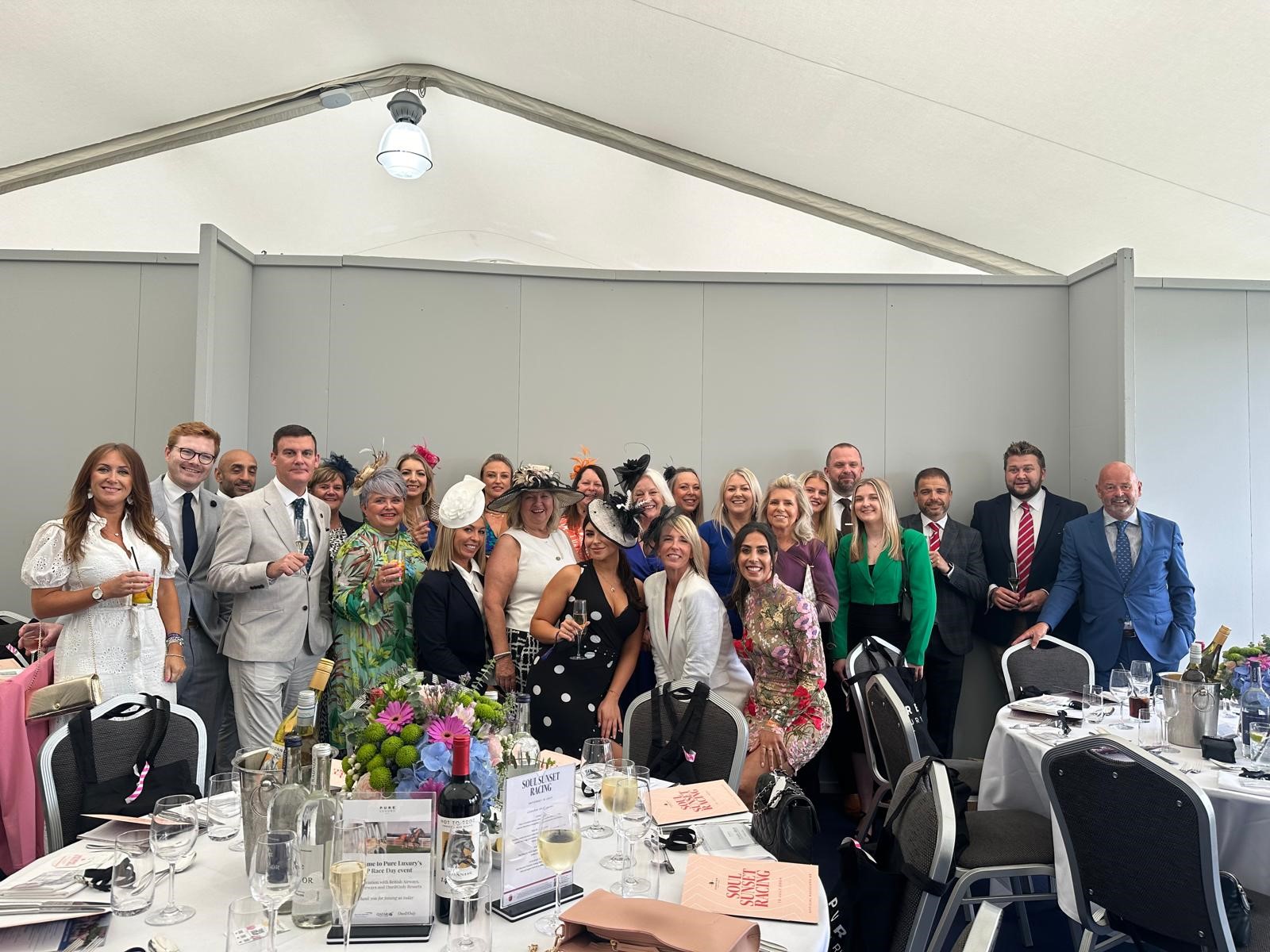In a recent talk with Chris Anderson, the head of TED, the global outlook for 2020 was likened to a forest fire only seen every 400 years. As that fire continues to burn, it leaves behind the older Sycamore trees, hopeful to stay protected and dominant, mixed with a mass of green shoots looking to breathe and grow in the space and oxygen left behind. For brands in the global tourism and travel industry this signals the choice we must make.
For too long, too many have relied on paying lip service to branding because the global travel industry has been in a significant growth phase. Companies may have become increasingly smarter and faster with data analytics, but when it comes to branding and disruptive creativity, many simply needed to hang on to safe, easy choices and enjoy the ride. The word ‘visit’ before the destination name, a focus on logos and aesthetics plus beautiful imagery was often seen to be enough. This allowed many brands to grow, despite a lack of truly brave and genuinely differentiating brand strategy, purpose or identity.
Recent IAB data shows that 73% of advertisers have aggressively changed assets since the pandemic began. Of these, over half (53%) are increasing emphasising the mission and purpose of the company more than ever. Unilever, one of the world’s largest advertising buyers, is adapting on both fronts. According to Conny Braams, Chief Digital and Marketing Officer, “Unilever is guided by three beliefs: brands with purpose grow, companies with purpose last and people with purpose thrive.” In the pandemic Unilever has double downed on brand purpose.
The world’s greatest data-led brands, such as YouTube, are now pleading with marketeers to embrace brave creativity to leverage on ever-advancing options for data and personalisation, as voiced at Cannes Lions in June. When brands choose to speak to people more personally, there is a greater responsibility to ensure that messaging is meaningful, worthy of the audiences’ time and ultimately makes an impact.
It is time to recover because of our brands, not in spite of them. Today, the entire travel industry needs to be competitive, aspirational and even provocative when it comes to branding, just as other industries, such as FMCG, have had to innovate to win consumers’ attention and money. It is worth noting that some of the most successful brands in travel have already embraced these qualities. For decades, New Zealand has offered a ‘pure’ life, meanwhile Dubai built a brand not on tourism alone, but on entire destination growth embracing a spirit of possible far beyond just winter sun. In Jersey, the commitment is to refresh and raise the spirits of a naturally jaded mindset.
Travel organisations need to step up in what’s about to become the most crowded marketplace on earth and ask what they can do to be truly different – to win the share of mind battle without needing to overly invest in the share of spend bonanza.
We are now faced with the opportunity of a lifetime to breathe new oxygen into our industry by redefining a sharper, more meaningful, action-orientated brand, aligned with a fundamentally-changed customer mindset and need. Where, just like the good old Maslow Hierarchy of Needs, customers suddenly need to know that a brand has the basics of reassuring self-preservation right, before they’ll listen to more hopeful self-actualisation credentials. Brands that get this right early, the ones that really pivot now and remember that a brand is far more than just a logo and a template, will take giant leaps forward and overtake the hopeful, but stagnant, Sycamores.
Lenin famously said, “there are decades where nothing happens, and there are weeks where decades happen”. We are in the weeks where decades of transformation can take place in our industry – where passive identities can become truly powerful, commercially progressive brands.
At MMGY Hills Balfour we’ve created a five-step ‘pivot or perish’ evaluator to transform the traditional thinking of travel brands into a green shoot mentality. Just like every great engine needs a recalibration in a time of changing conditions, so does every great brand. A short, sharp interrogation of audience mindset change, adjusted consumer drivers, data-led competitive modelling and positioning breakdowns leaves nowhere for the bland, strategic waffle of the past to hide. Challenging collaborative reviews and creative identity cross-checks, designed with budget pressures in mind, often unearth the new space or disruptive zones for a sharper strategy to breathe and thrive. This is the time for ambitious brands to grow and fill the void of the fire faster.



 share
share


















